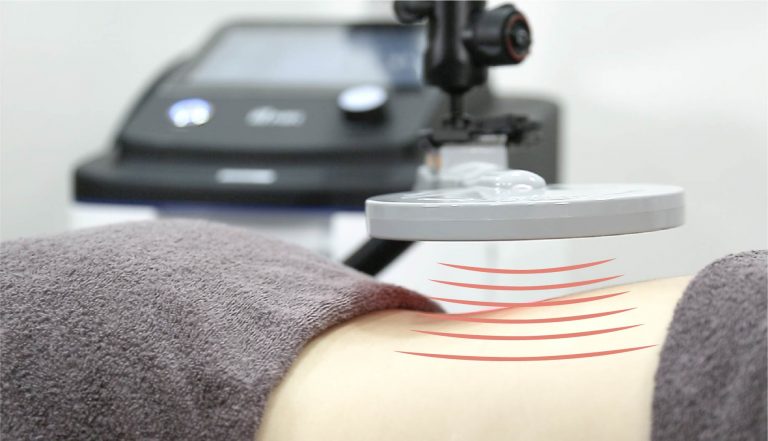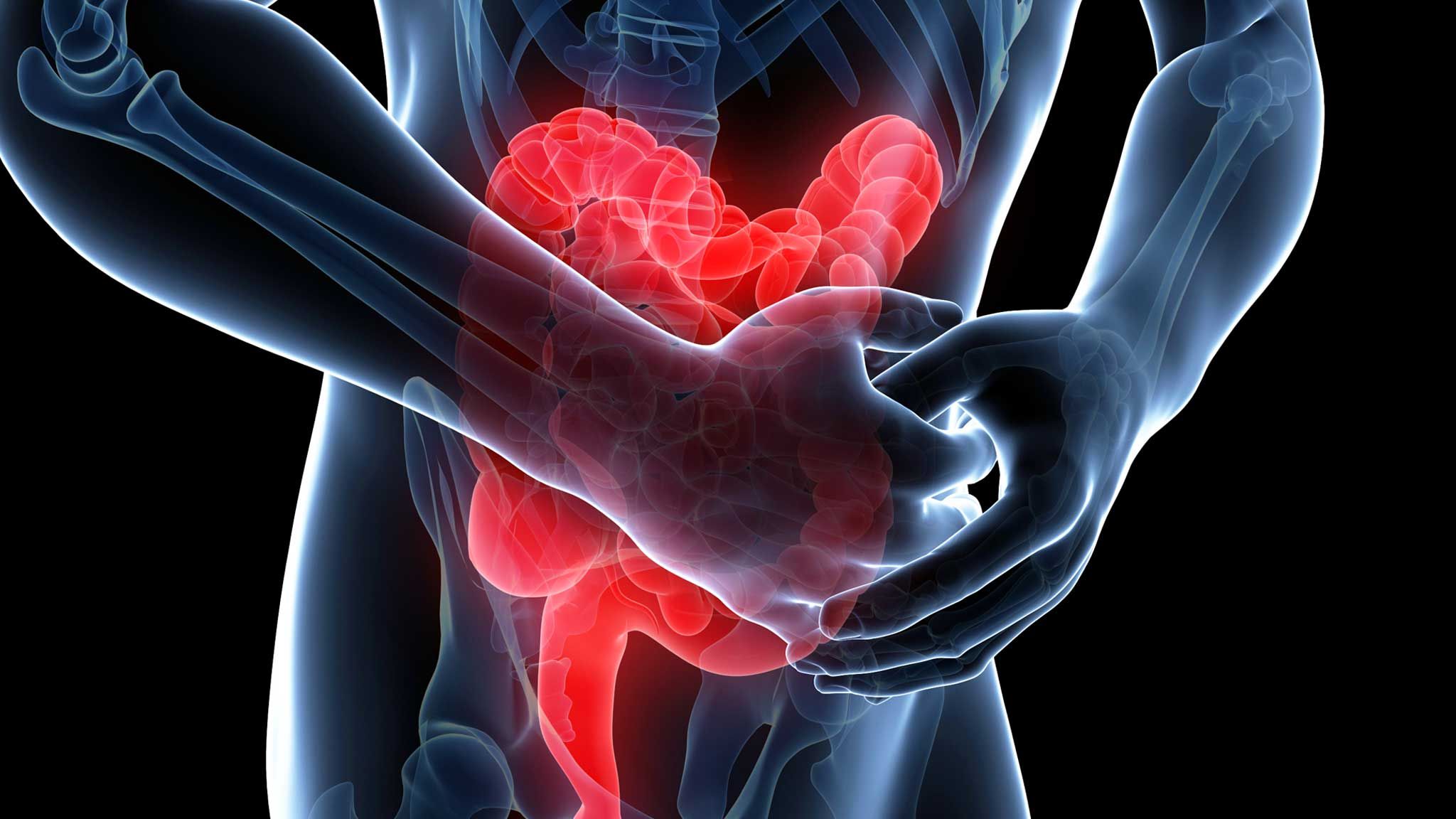Anterior pelvic tilt may be related to poor sitting posture, which can lead to bulging of the lower abdomen, lower back pain, and muscle and leg injuries. How to avoid anterior pelvic tilt? How is anterior pelvic tilt treated? Understand the causes and symptoms of anterior pelvic tilt, exercise training, and correction methods at once.
What Are the Causes of Anterior Pelvic Tilt?
Anterior pelvic tilt is a posture abnormality, usually caused by insufficient abdominal strength and inflexible hip joints, which can bring various negative effects. Long-term anterior pelvic tilt may affect body functions and may lead to adverse consequences such as back pain, overstretched hamstrings, and stomach bulge. Here are 3 reasons for anterior pelvic tilt:
- often sit for long periods of time
- bad posture
- genetics
What Are the Symptoms of Anterior Pelvic Tilt?
Anterior pelvic tilt can cause many symptoms. When you maintain a sitting position for a long time, certain muscles are continuously compressed or stretched, and the muscles will become stiff, making the lower back prone to pain and creating more problems that are difficult to solve. According to BAPTIST HEALTH, the following are possible symptoms of anterior pelvic tilt:
- Abnormal curvature of the lower back, back pain, and tingling sensation between ribs and pelvis
- A bulging stomach and weakened abdominal muscles
- groin pain
- hip pain
- Hamstring overstretch (muscle in the back of the thigh), hamstring sprain
How to Correct Anterior Pelvic Tilt While Sleeping?
The anterior pelvic tilt is strongly related to sleep, and the anterior pelvic tilt is also related to muscle core training and length. According to data from Upright Health, if you often sleep with your pelvis tilted forward, your muscles may remain tilted and stretched throughout the night, and your pelvis will not return to its normal position due to lying down. You can improve your pelvic front by the following three methods: tilt:
- Lying position: You can place pillows and blankets under your knees to return your pelvis to the correct position and effectively stretch your back muscles.
- Lying down: You can place pillows and blankets under your abdomen to reduce the bending of your lower back.
- Sleeping on your side: You can take a fetal position and bend your knees toward your chest so that your lumbar spine is closer to the middle.




